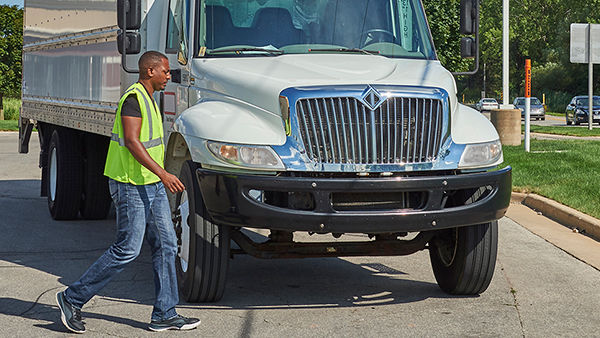5 FAQs on Annual Drug & Alcohol Clearinghouse Queries
Kathy Close, Editor - Transport Safety
Updated December 1, 2020

It's been almost a year since the Federal Motor Carrier Safety Administration (FMCSA) launched the Commercial Driver's License (CDL) Drug and Alcohol Clearinghouse. This one-year anniversary should be a reminder to many that annual queries are coming due.
Motor carriers must request two types of Clearinghouse queries, pre-employment and annual, to learn of FMCSA testing violations and milestones in the DOT return-to-duty process and follow-up program. The following are common questions about the annual request.
1. Why investigate existing drivers?
The annual query assists motor carriers in learning of testing violations occurring under another motor carrier's program, but not reported to them by the CDL driver. For instance, it could reveal a failed pre-employment test or violation occurring under concurrent employment. Previously, these results would have gone undetected.
2. When is the first annual query due?
A motor carrier must request its first annual queries no later than January 5, 2021, for those drivers who were in its Part 382 program on January 6, 2020. Anyone hired after would need an annual query within a year of the pre-employment query, similar to how the annual motor vehicle record is requested under driver qualification.
3. What is done in advance of the query?
Before requesting any query, the motor carrier must:
- Create an account with the Clearinghouse and purchase a query bundle. Queries cost $1.25.
- Designate a third-party administrator, if applicable. Some carriers may contract with a third party to request queries on their behalf. But the carrier must designate the service provider on its clearinghouse profile before the vendor can perform the task.
- Obtain the driver's consent. A limited annual query requires the motor carrier provide the driver with a consent form to sign. The document can be worded in a such a way that allows the use of a single document throughout the driver's employment. If a driver refuses to consent to an annual query, the carrier is unable to use a driver in a safety-sensitive function.
4. What will the annual query show?
The limited annual query only indicates whether there is a violation recorded. In comparison, a "full" query provides details when a record exists. A pre-employment query is an example of a full query. Unlike the limited query, the driver provides consent through a personal account in the portal each time a full query is requested.
5. What if a limited query reveals a violation?
If the limited query shows a violation, the motor carrier must request a full query within 24 hours. This is true even if the carrier speculates that the violation is one it learned of prior.
The driver must provide consent through a personal portal account. Those without an account must register as quickly as possible. Once 24 hours elapse without the full query, the driver must be removed from performing a safety-sensitive function, even if on a dispatch. If the carrier learns of an unresolved testing violation, it must act on the information also.
Other considerations
Carriers working through a return-to-duty or follow-up program for a specific driver may opt to request a full annual query every time, rather than bother with the follow-up.
Some carriers have a policy requiring all CDL drivers to register with the Clearinghouse in case a full query is ever needed. Yet others perform full queries annually rather than limited, which is permissible.